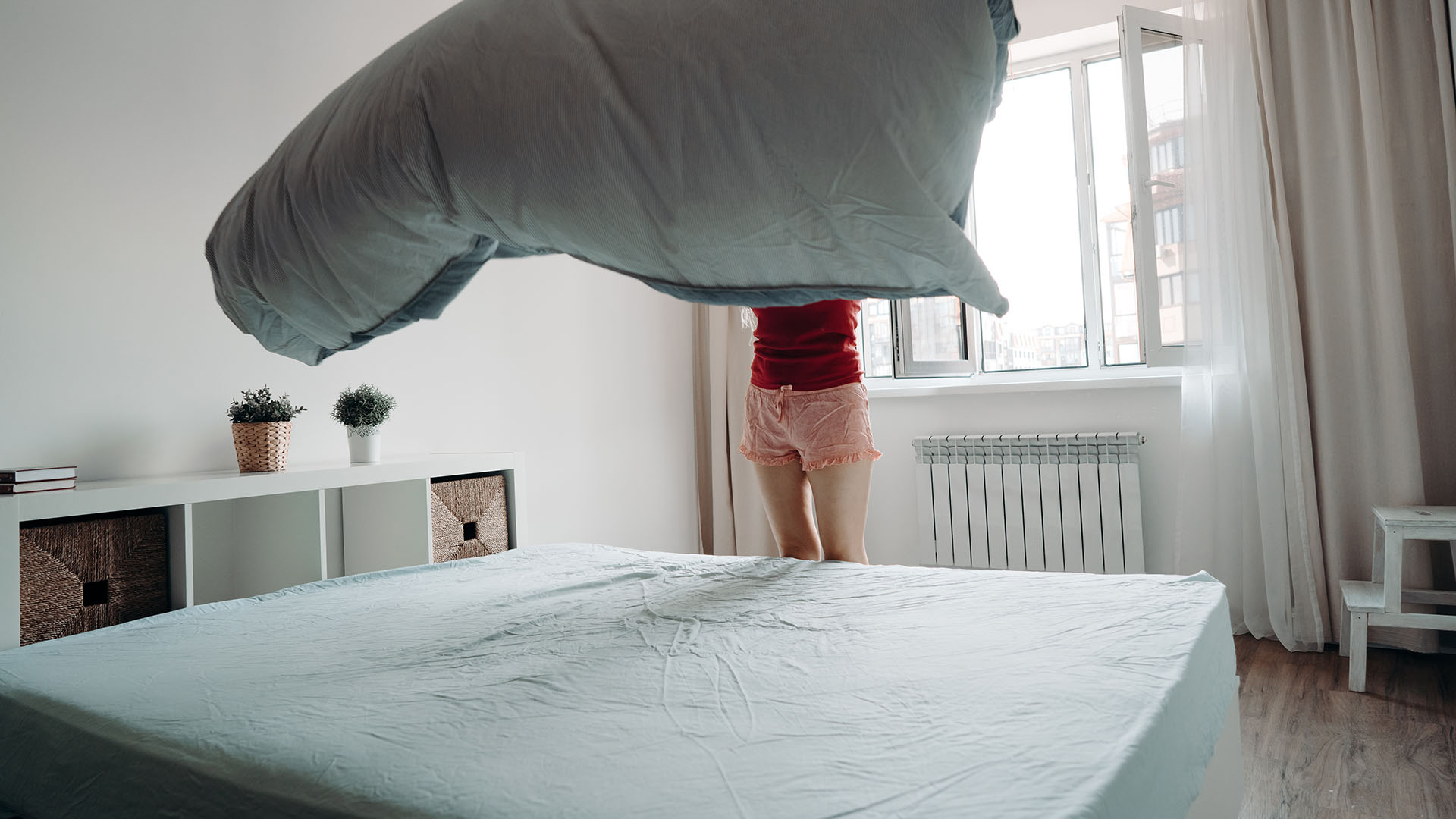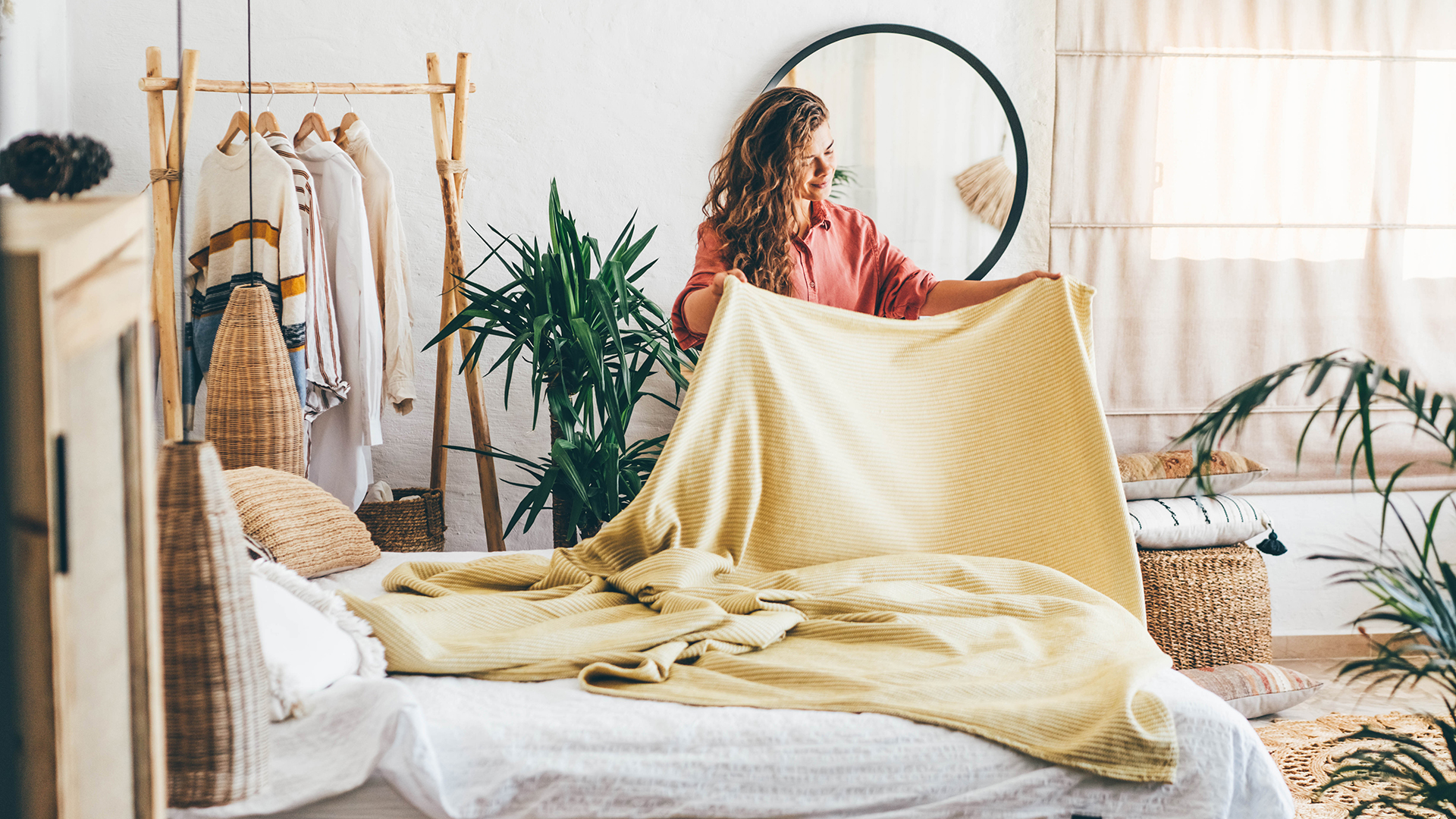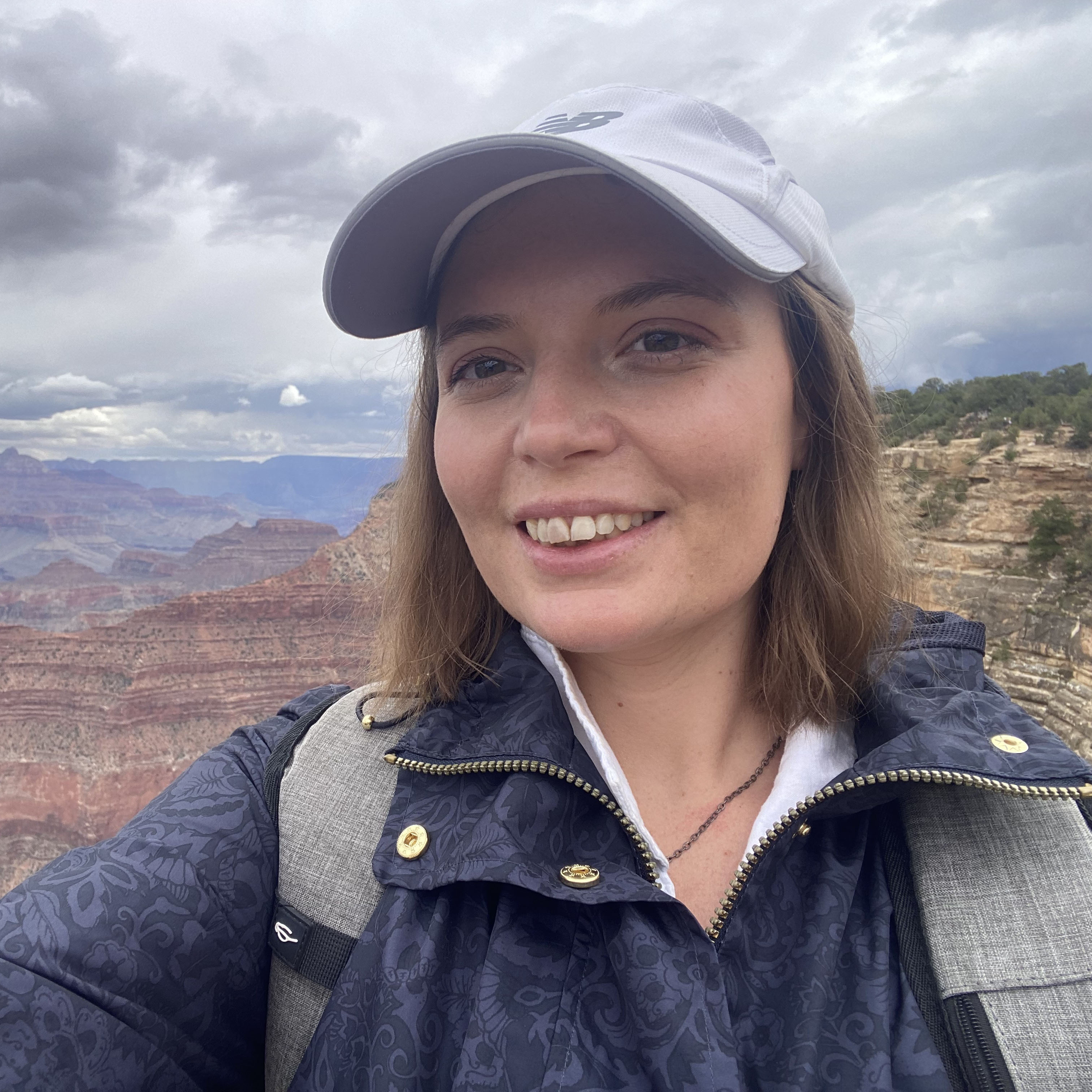I'm a sleep writer, here's how I clean my organic mattress
A step-by-step guide to deep cleaning an organic mattress

Organic and natural mattresses are becoming increasingly popular, but while these beds have many benefits, the unusual materials used in organic builds can be inconvenient to clean. However, frequently cleaning an organic mattress helps maintain its condition, so you can enjoy fresher, better sleep.
I own an organic mattress made using wool, and while it's one of the best mattresses I've ever slept on, the cleaning process was a learning curve. Instead of a quick vacuum and a spray with a cleaning solution, this mattress requires a gentler approach to remove dust, stains, and other allergens.
Below, I'll guide you through how I clean my organic mattress with step-by-step instructions. I'll also provide some tips and tricks for keeping your non-toxic mattress in good shape.
What is an organic mattress?
An organic mattress is a bed made from non-toxic, certified organic materials, instead of chemical-based foams. Organic mattresses will often contain latex foams or natural fibers such as wool, cotton, or hemp.
The best organic mattresses are often hybrid beds, and they do tend to be premium buys. However, organic beds are typically durable, often hypoallergenic, and with a cooler build that can help sleepers with night sweats stay comfortable.
When buying an organic mattress, watch out for labels like 'green' and 'natural' that aren't backed up by certifications. While these words are appealing, they don't necessarily mean the mattress has undergone the checks required to be certified organic. Our guide to 'are organic mattresses a con?' can help you learn more.
I'm currently sleeping on the Simba Earth Escape mattress, a natural hybrid that replaces foams with wool, hemp, and flax cushioning. You can learn more about my experience in our Simba Earth Escape mattress review, but for now, let's focus on how I clean this unusual bed.
Sign up to get the BEST of Tom's Guide direct to your inbox.
Get instant access to breaking news, the hottest reviews, great deals and helpful tips.
Simba Earth Escape mattress: from £1,399 at SImba Sleep
The Simba Earth Escape is the mid-point option in the Simba Earth eco-friendly mattress range. A hybrid bed, the upper comfort layers are made from wool, hemp, and flax, so can't be vacuumed. A double will set you back £1,999, and you get a 200-night trial and a 10-year warranty. Simba mattress sales are infrequent, but sometimes offers pop up around holidays.
How to clean an organic mattress
First things first, remove all the bedding – use this time to run it through the wash. It's best to start cleaning early, so the bed has plenty of time to dry before bedtime. Begin by reading the care guide for your mattress. This advice below works for my bed, but yours might require a slightly different approach.
1. Blot spills with a dry cloth
This is preventative cleaning advice, but if you spill anything on your organic mattress, blot it as soon as possible. Immediate blotting prevents the liquid from seeping deeper into the mattress, where it will be much harder to remove.
For a small spill, it's best to avoid introducing anymore liquid into the equation. Use a dry cloth or paper towel to gently dab at the spill until you've soaked up as much as possible.
For a big spill, you might need a more thorough approach. Use a mild soap solution and warm water immediately, taking care not to soak the mattress. Leave to dry completely. If the mattress is stained, try the baking soda method I cover below.
2. Use a soft brush to remove dust and fluff
During everyday use, dust and fluff becomes embedded in a mattress. We typically recommend vacuuming a mattress to remove this build-up, but because my bed contains a comfort layer of wool and natural fibers, I use a soft bristle brush instead.

Working from the head of the mattress to the foot, use small circles and light pressure to ensure all the dust is dislodged. You can then brush this away and dispose of it. Make sure to brush the entire surface – it's essential to get into the seams and edges, as this is where bed bugs and dust mites like to hide.
3. Lift stains with a toothbrush and mild soap solution
Even with all the best intentions, it's hard to avoid any yellow stains on your mattress. To remove stains, mix a small amount of soap or detergent in warm water. Apply the foam solution to the stain and then gently scrub with a (clean) toothbrush. Don't soak the mattress, as this can cause mold and bacteria growth.
Baking soda can also be used to clean an organic mattress. Sprinkle a thin layer of baking soda on any stains, gently work into the material with a toothbrush, and leave it to sit for at least 30 minutes. Then use a soft brush to clear it all away.
4. Leave the bed to air
Once you've finished cleaning, leave the bed to air. Keep it stripped of all bedding to allow for moisture to evaporate and so air can circulate the bed to help dust clear. Before making the bed with your (freshly cleaned) bed sheets, check the mattress is completely dry.

It's important to regularly air your bed – but I'm not recommending stripping your sheets every morning. Instead, simply fold the bedding back so that the warm air and moisture from the prior night has a chance to dissipate.
5. Rotate it regularly
Not all organic mattresses require rotation so make sure to read the care labels before undertaking this step. My Simba mattress, however, does need regular rotation, to prevent indents from forming in the upper comfort layers.
To rotate a mattress quickly and easily, it's best to ask someone to lend a hand. Begin by pushing the corners of the mattress clockwise, until they overlap the sides of the bed. Keeping the mattress flat, push until the top right corner of the mattress has moved round to the bottom left corner of the bed frame.
This rotation only needs to happen a few times a year at most, so it doesn't have to be a regular part of your cleaning routine. (But a six month rotation schedule can be a way to remind yourself to deep clean the mattress – and vice versa).
6. Use a mattress protector
There's one small and inexpensive purchase that can help keep your organic mattress cleaner for longer: a mattress protector. A mattress protector is a lightweight fabric cover that fits on top of your mattress and provides a barrier between spills, sweat, and the bed. Most mattress protectors are machine washable, so can be quickly washed to help keep your bed fresh.

Organic mattress cleaning FAQs
Can you vacuum an organic mattress?
Always double check the care guide before attempting to vacuum an organic mattress. Many organic mattresses contain wool or other natural materials that can be displaced if vacuumed, leaving you with a lumpy and uncomfortable surface.
That's not to say that all organic mattresses can't be vacuumed. If your organic mattress contains latex foams, you're probably safe to vacuum it. But make sure to read the care instructions first, to make sure.
How do you clean a non-toxic mattress?
If you want to avoid using harsh cleaning solutions on a mattress, a mild soap solution, soft brush, and baking soda are all natural ways to deep clean a bed. Regular upkeep is also essential – tackling small stains immediately is better than dealing with big stains you've ignored (a lesson I've learnt the hard way).
Most organic mattress brands advise against harsh chemicals, but if you are going to use a stronger chemical – hydrogen peroxide is an effective mattress cleaner – stick to a diluted solution and spot test first.
Interested in owning a non-toxic mattress but not sure what to look for? We have a guide to understanding non-toxic mattresses, and some advice on learning the difference between natural vs organic mattresses.

How often should you clean an organic mattress?
We advise deep cleaning your mattress roughly every six months, and this holds true for organic mattresses. You can time your cleaning with your mattress rotation, to make it super-efficient.
However, if you've chosen an organic mattresses because of reasons related to allergies, you might want to clean it more regularly. A deep clean every three months is a good idea, to prevent a build-up of dust and debris from affecting your sleep.
On top of the occasional deep clean, it's important to regularly air your mattress, clean your bedding, blot stains, and remove dust. Doing this means by the time the next deep clean comes around, it won't be such a big job.

Ruth is a staff writer at Tom’s Guide, covering all things mattress and sleep. She has a deep interest in the link between sleep and health, and has tried enough mattresses to know the right bed really can make a difference to your wellbeing. At Tom’s Guide she writes to help people sleep better, from how-tos to the latest deals to mattress reviews, and has interviewed an array of specialists who share her passion. Before joining the team at Tom’s Guide, Ruth worked as a sleep and mattress writer for our sister website, TechRadar.

